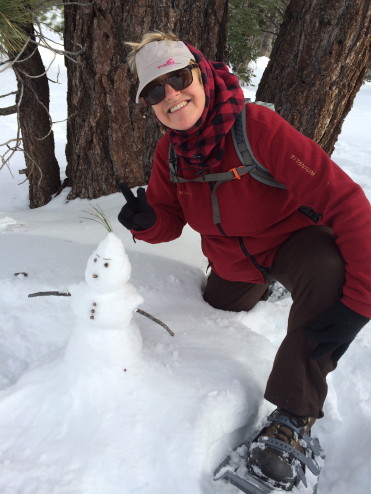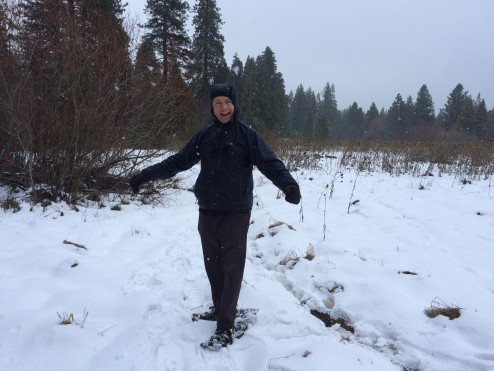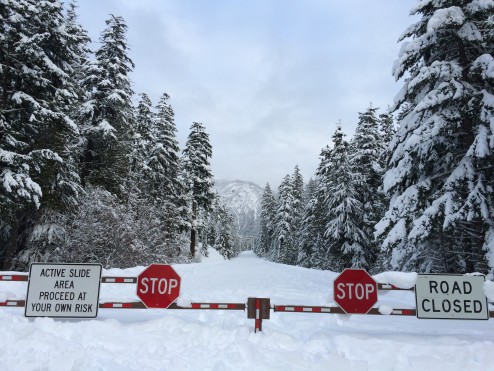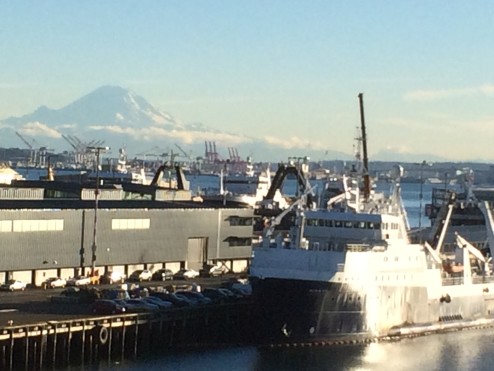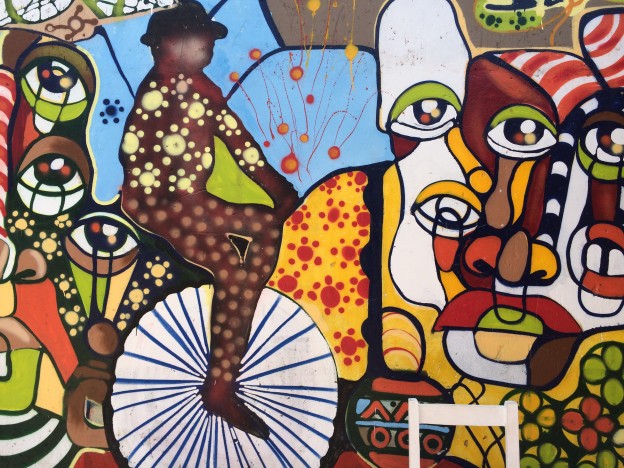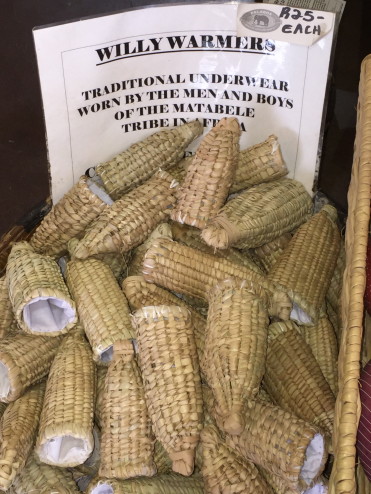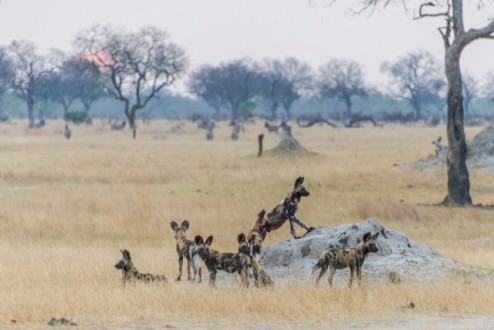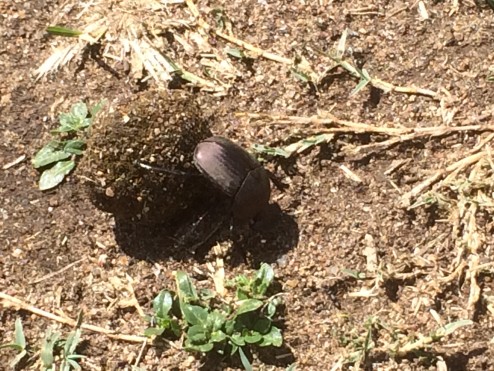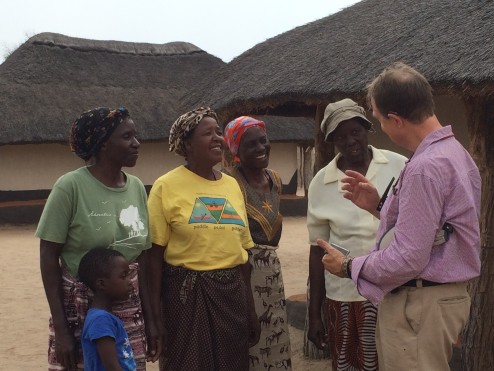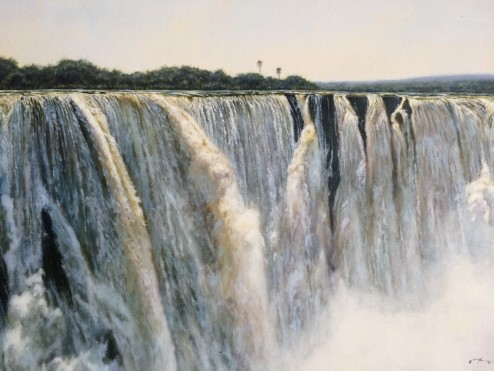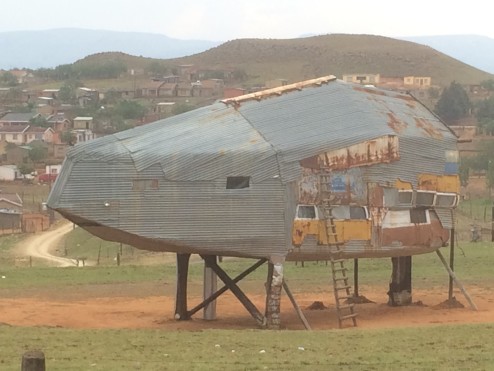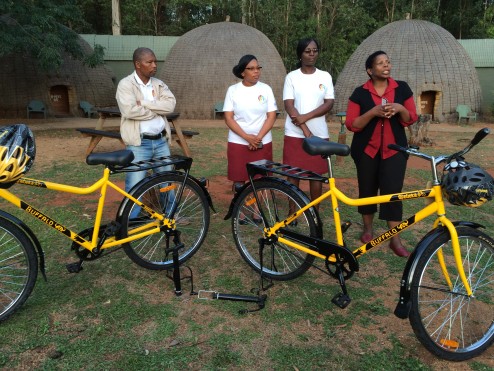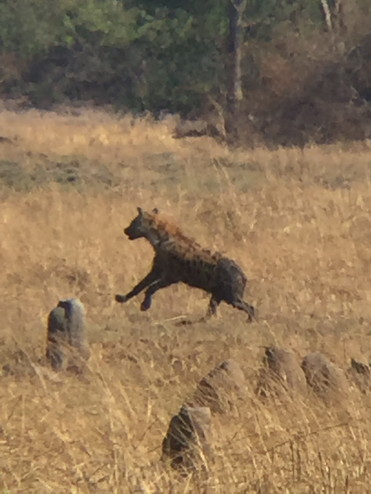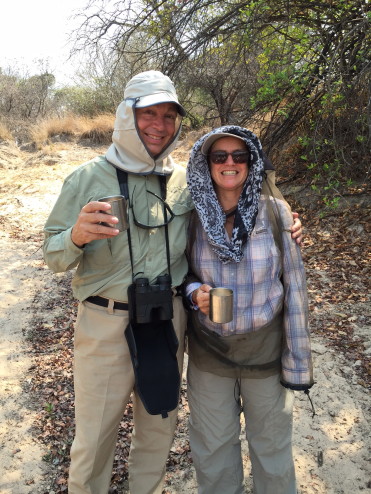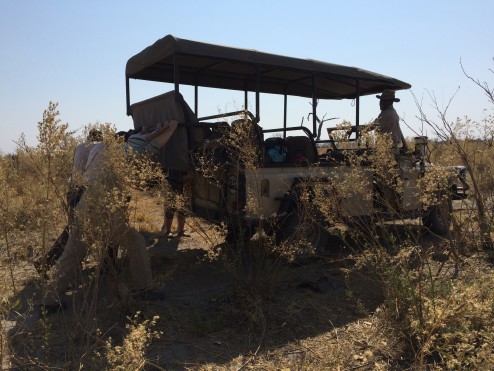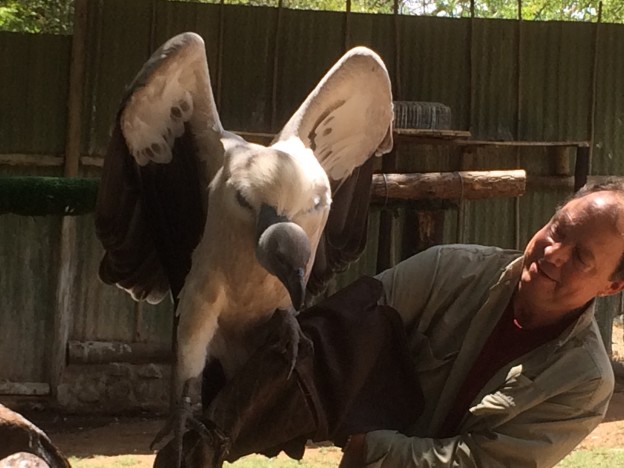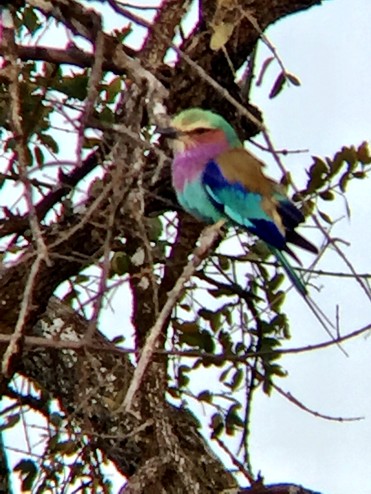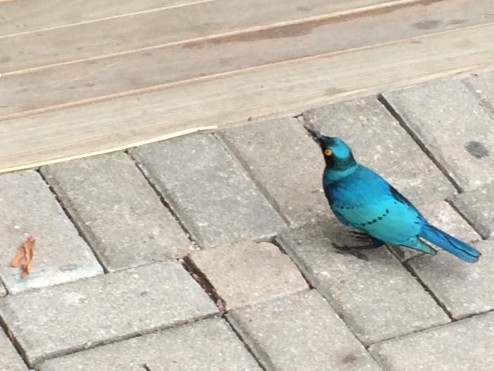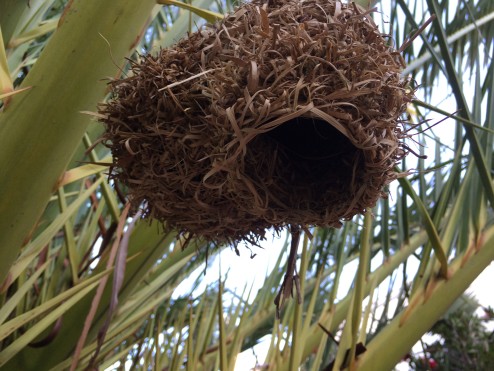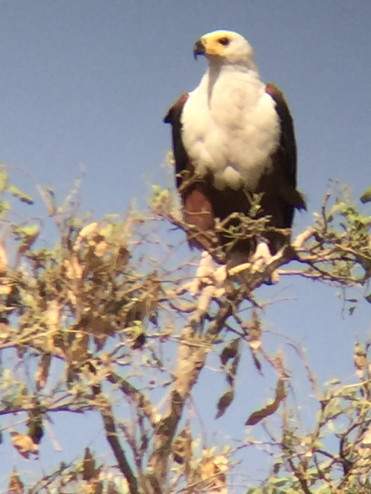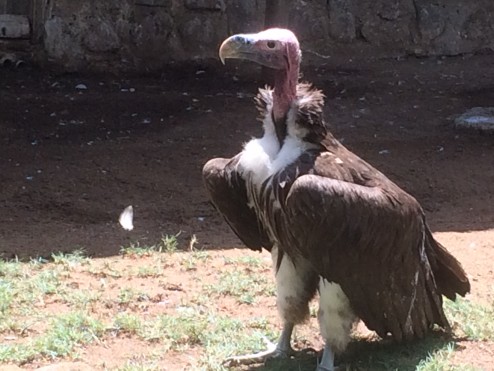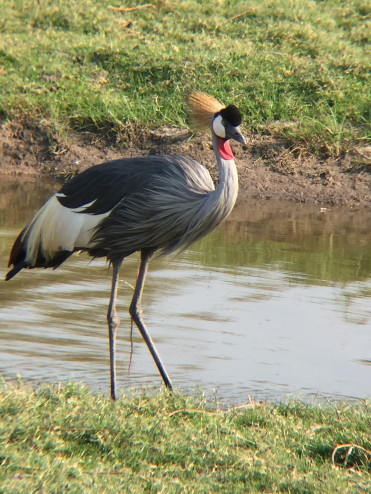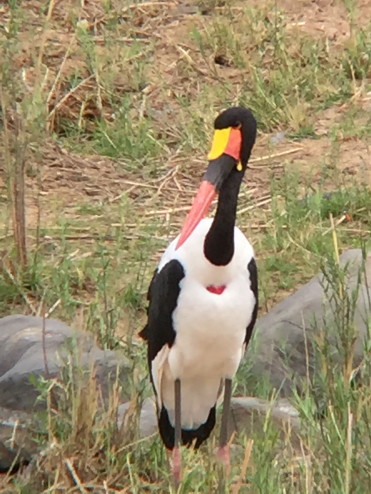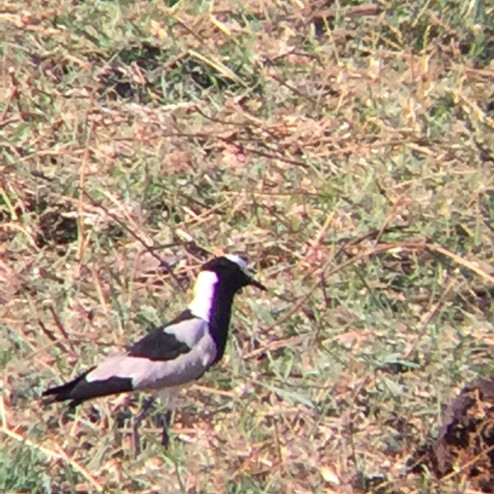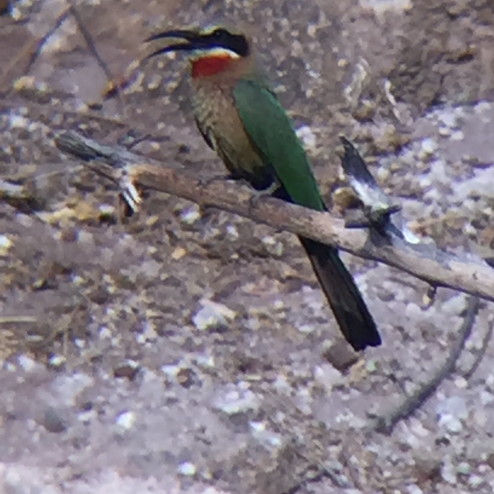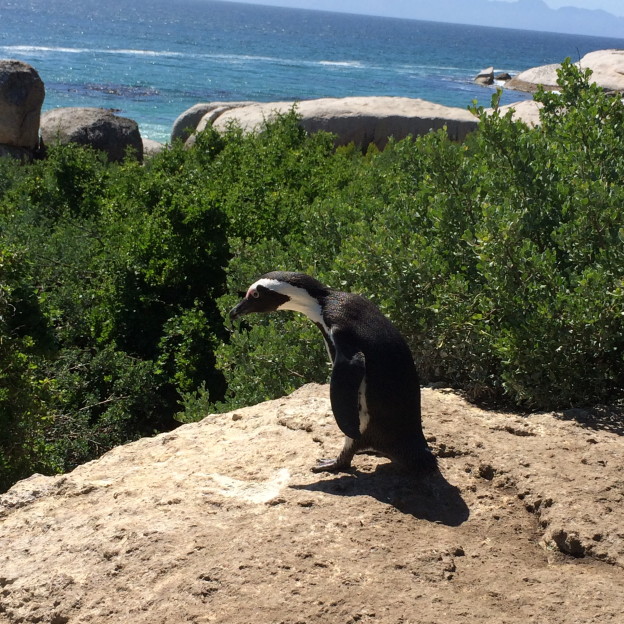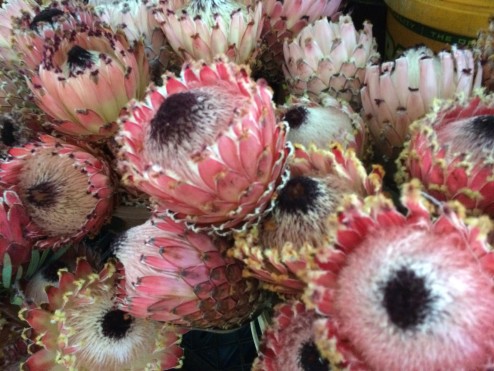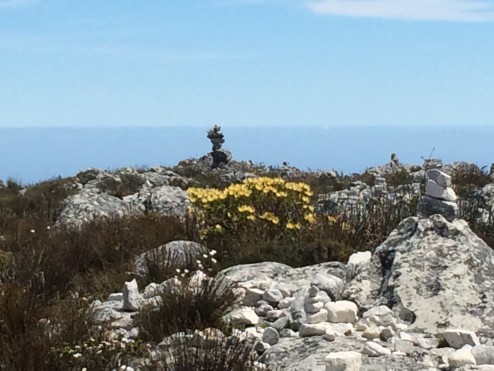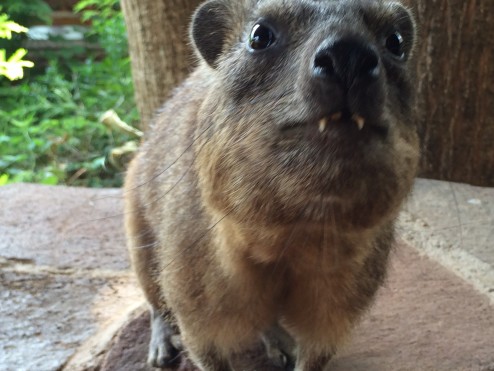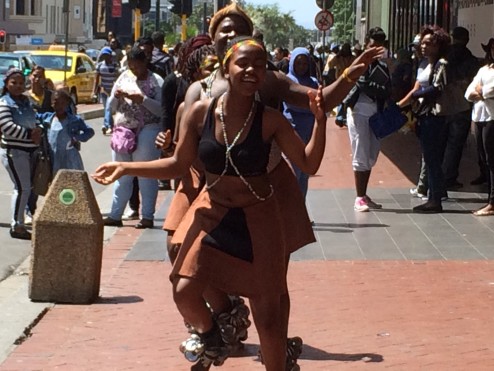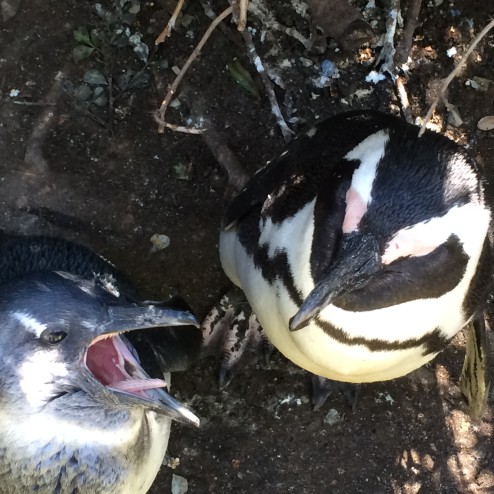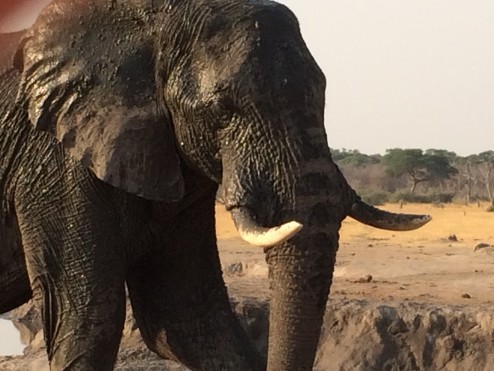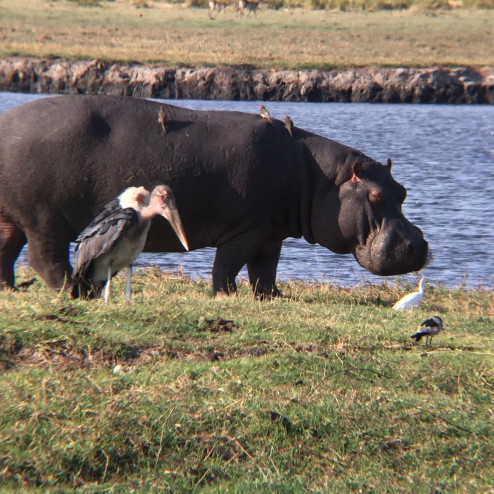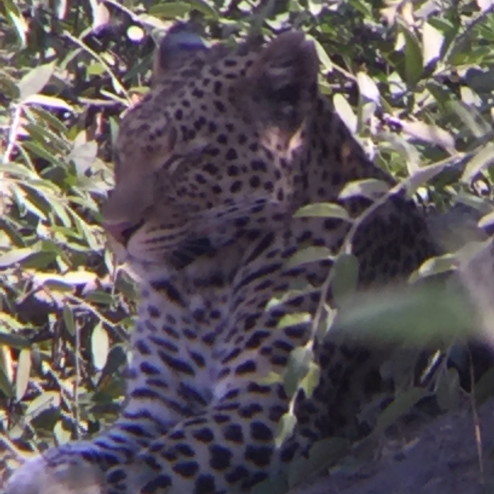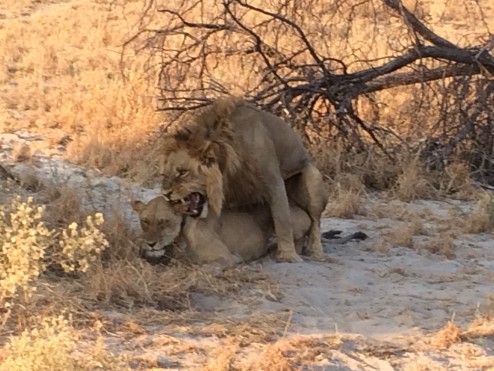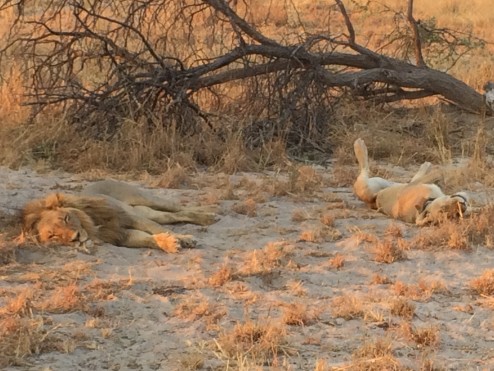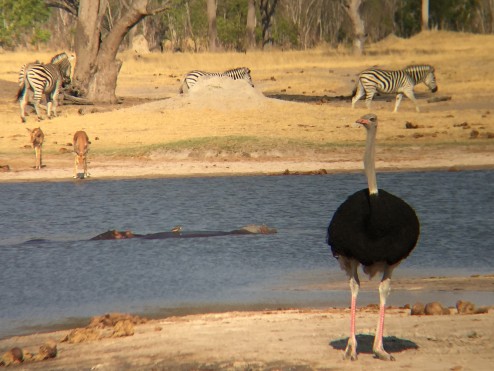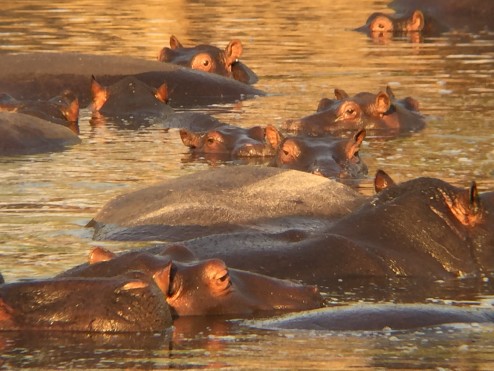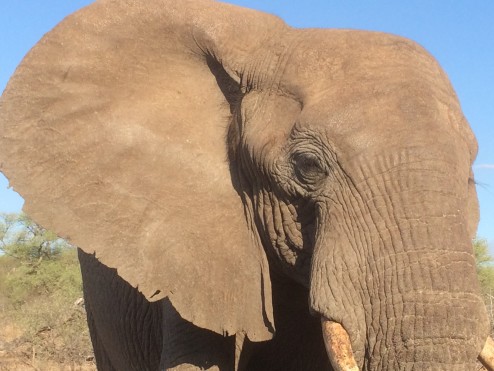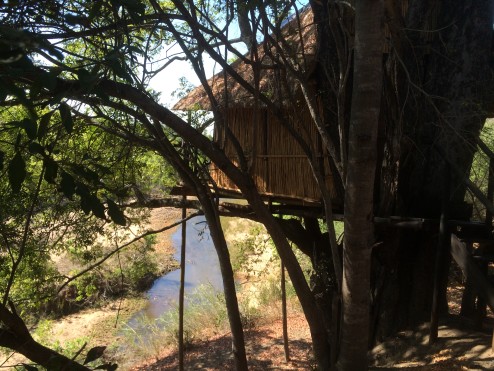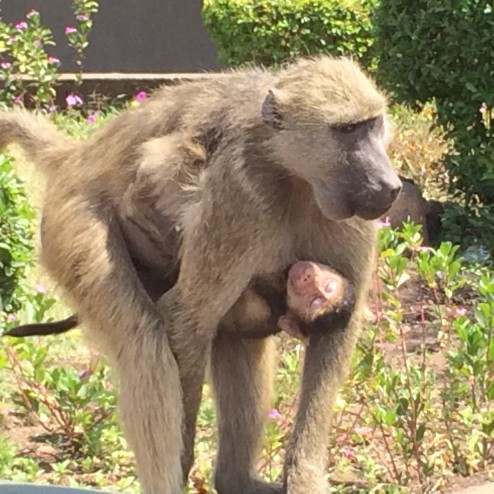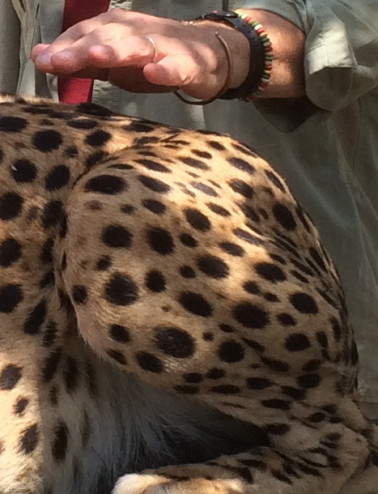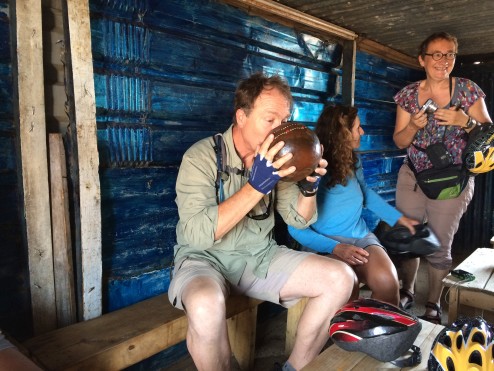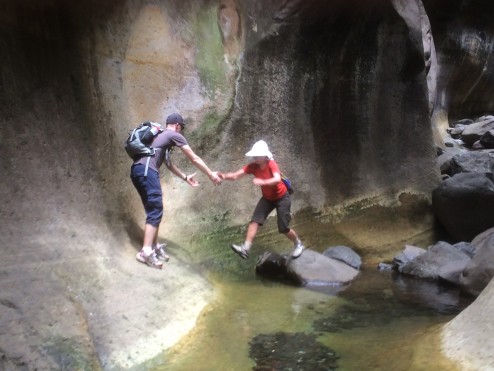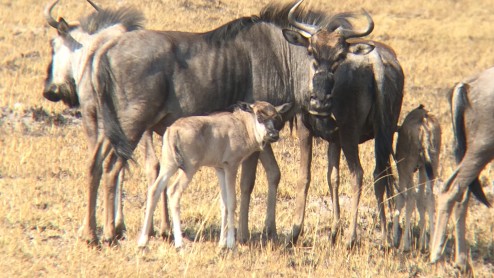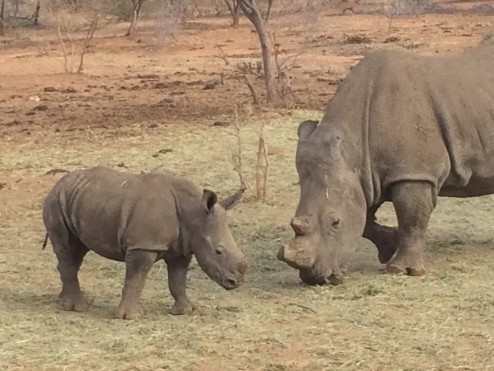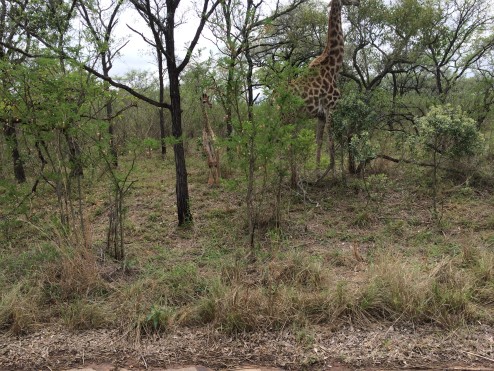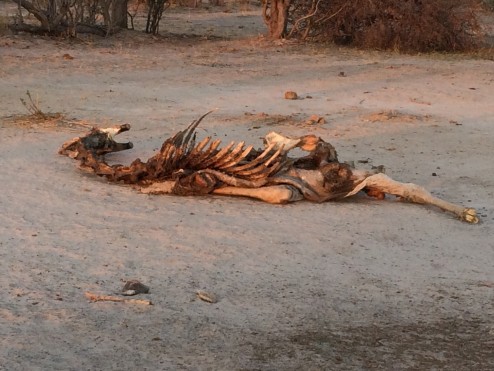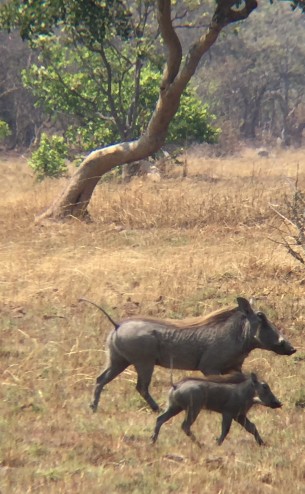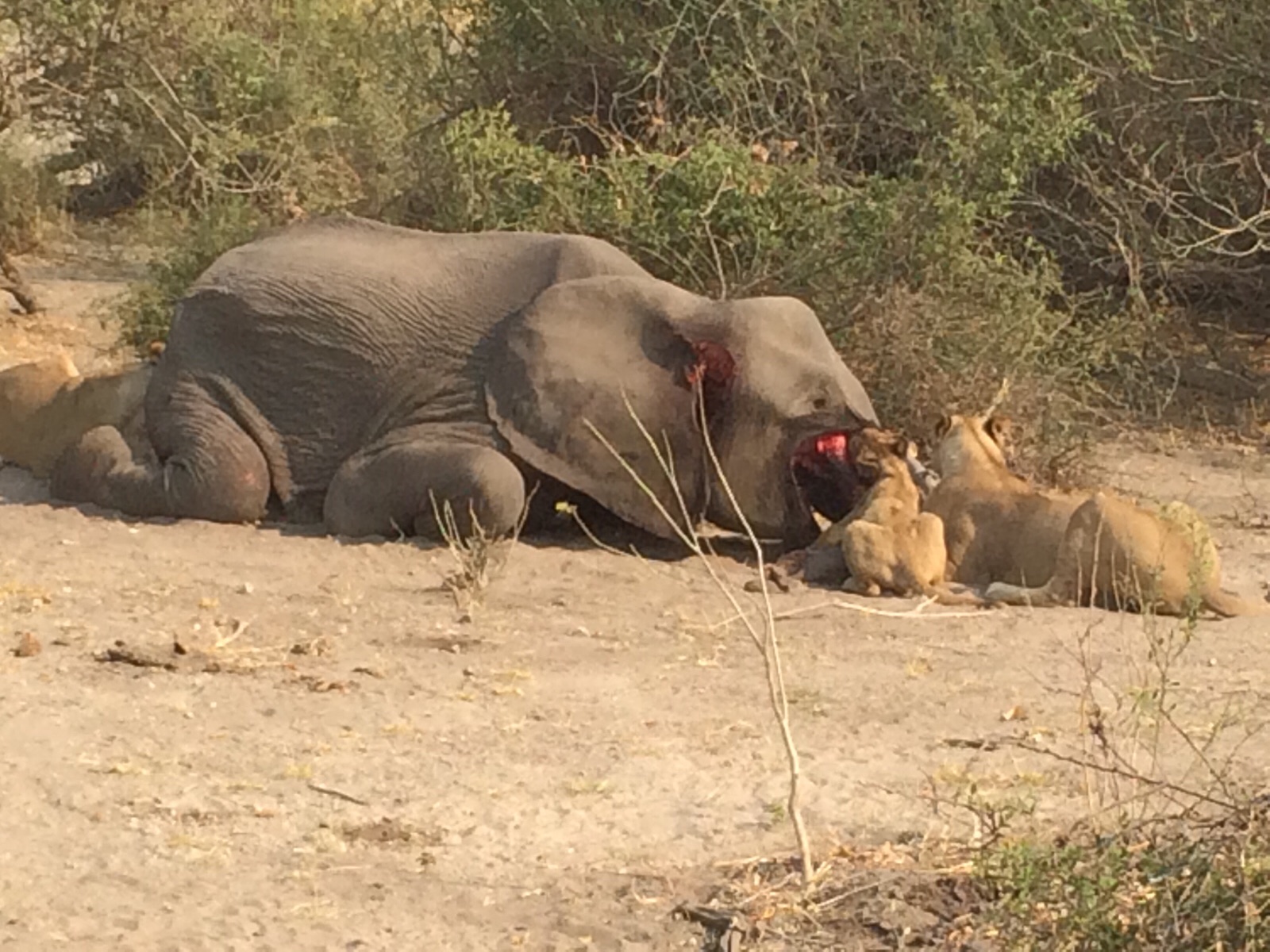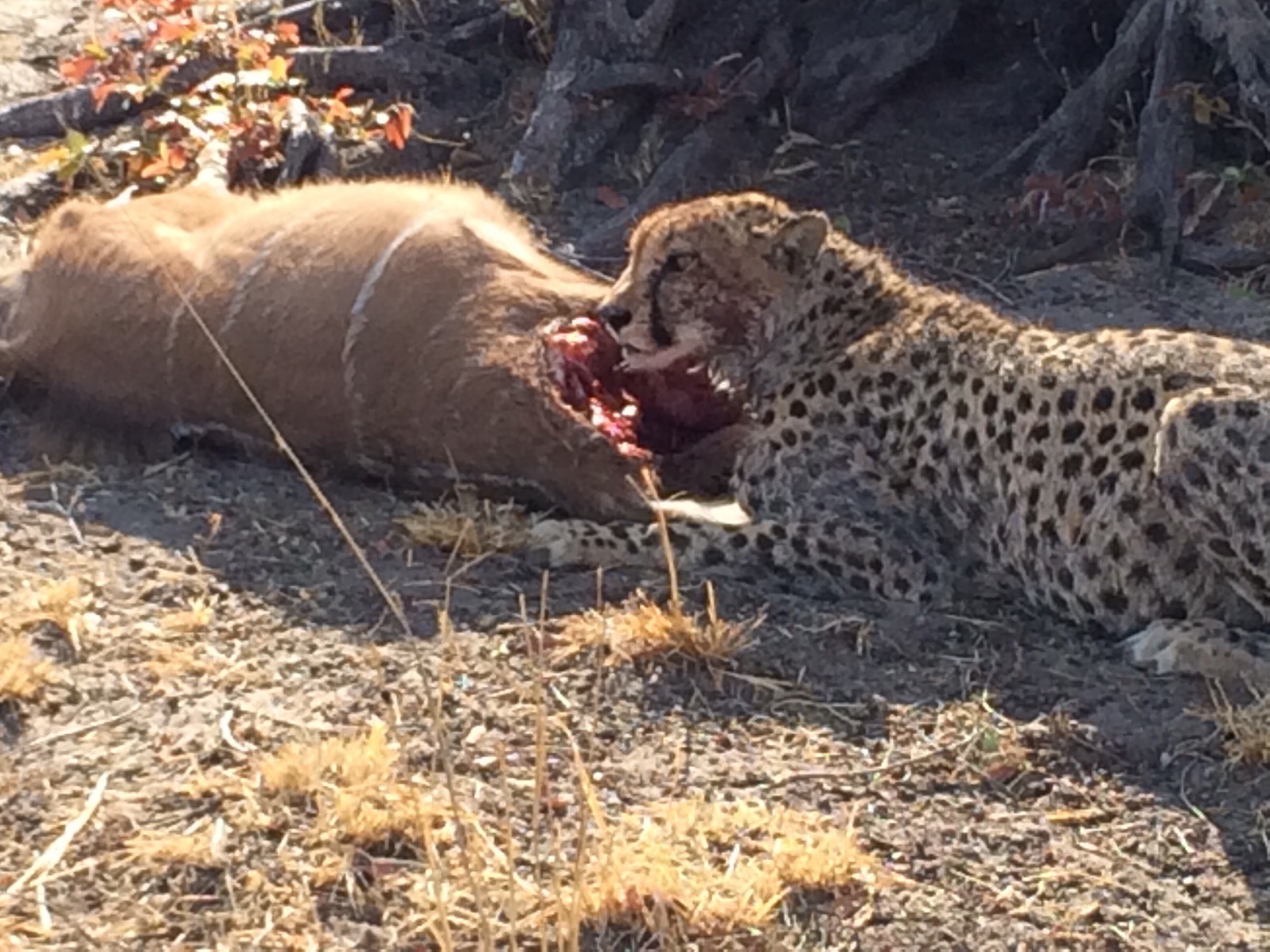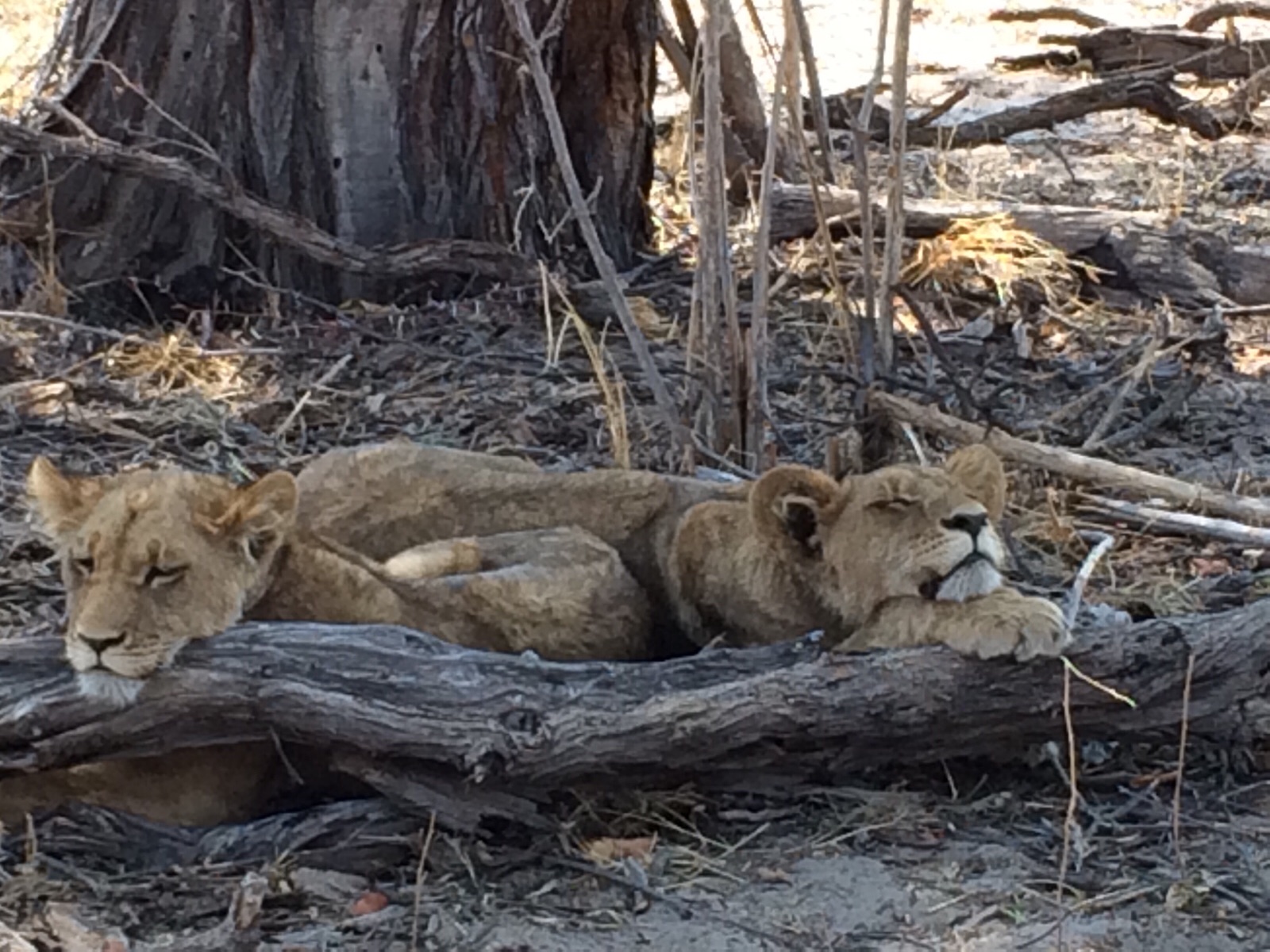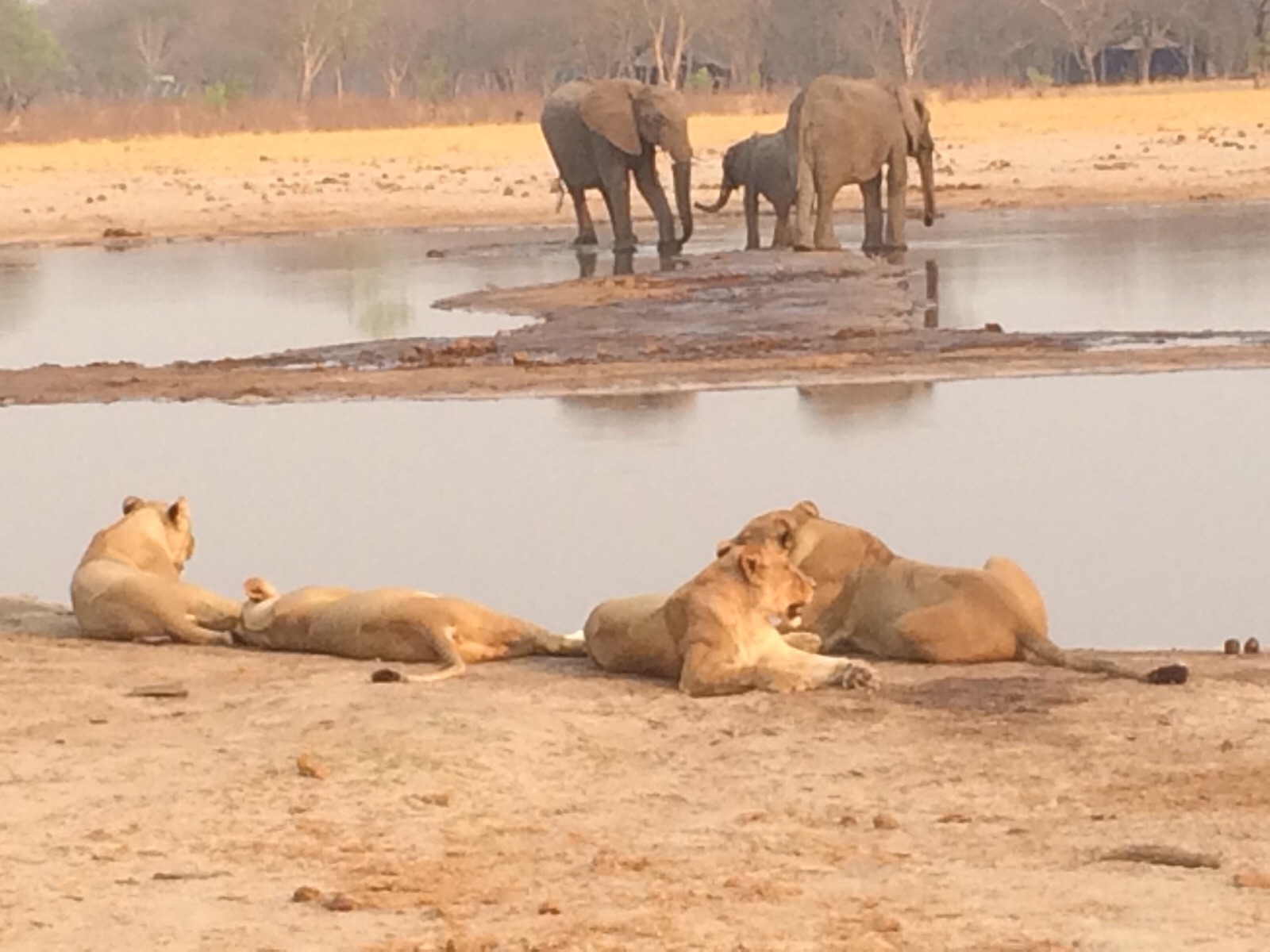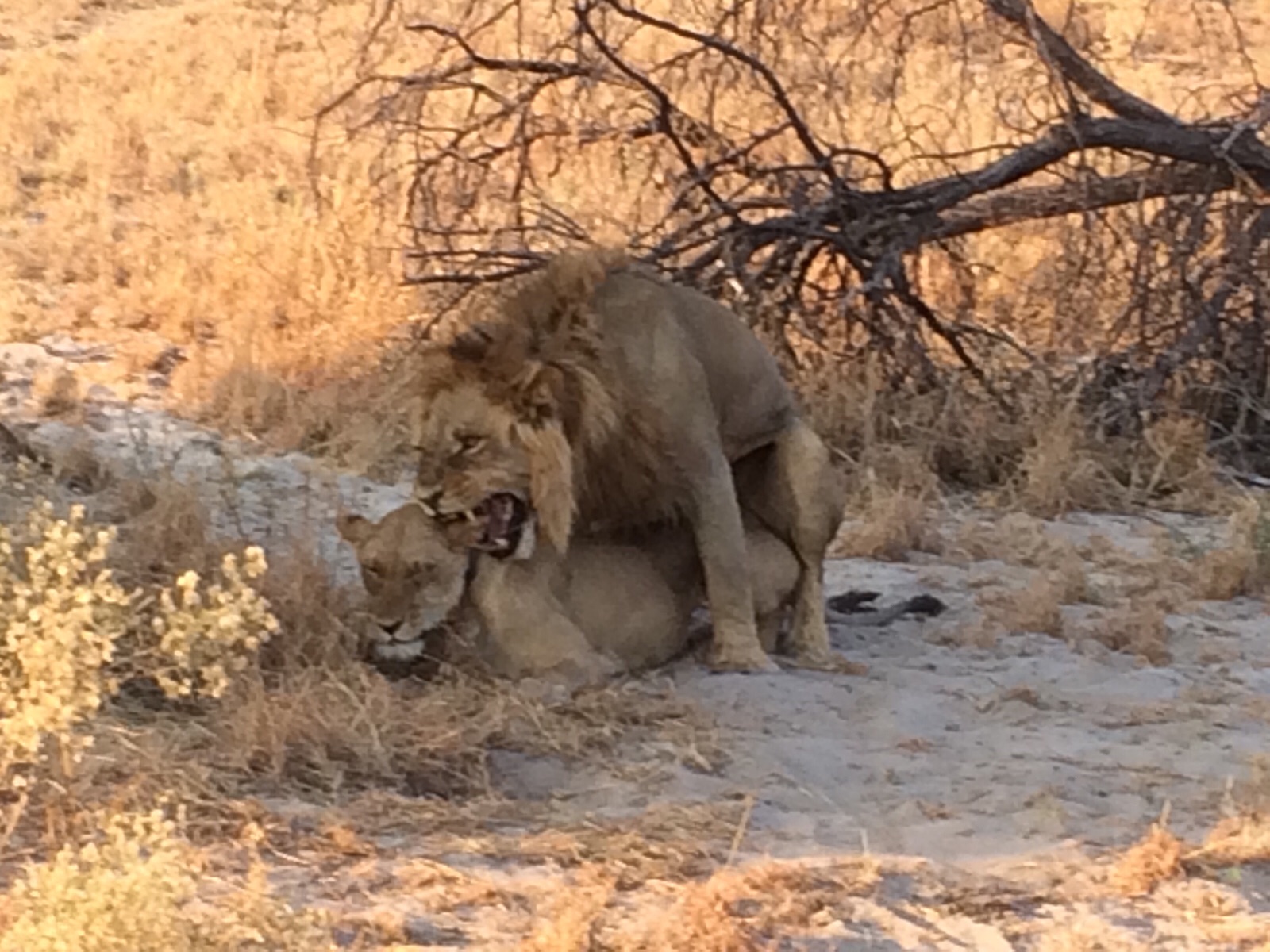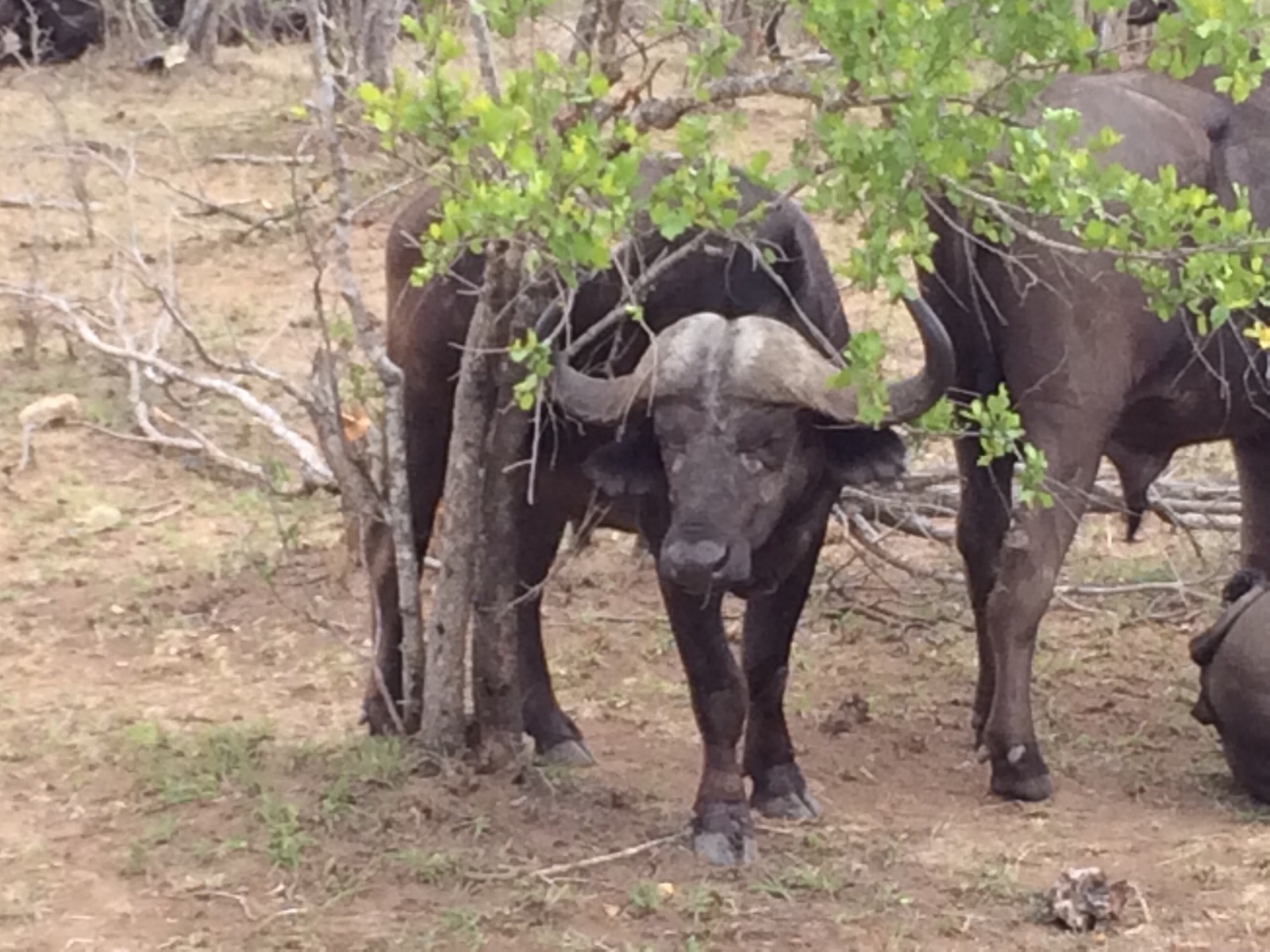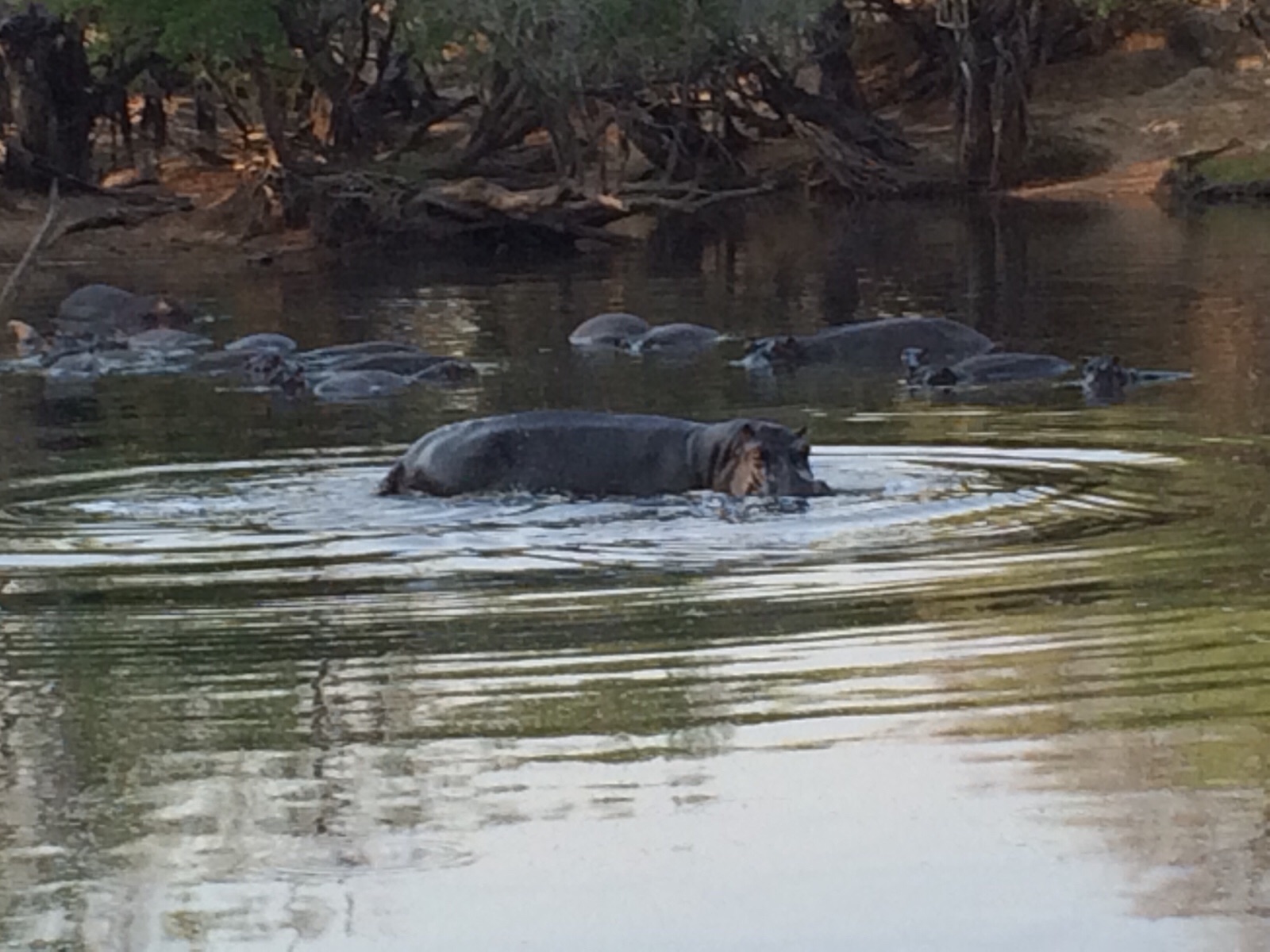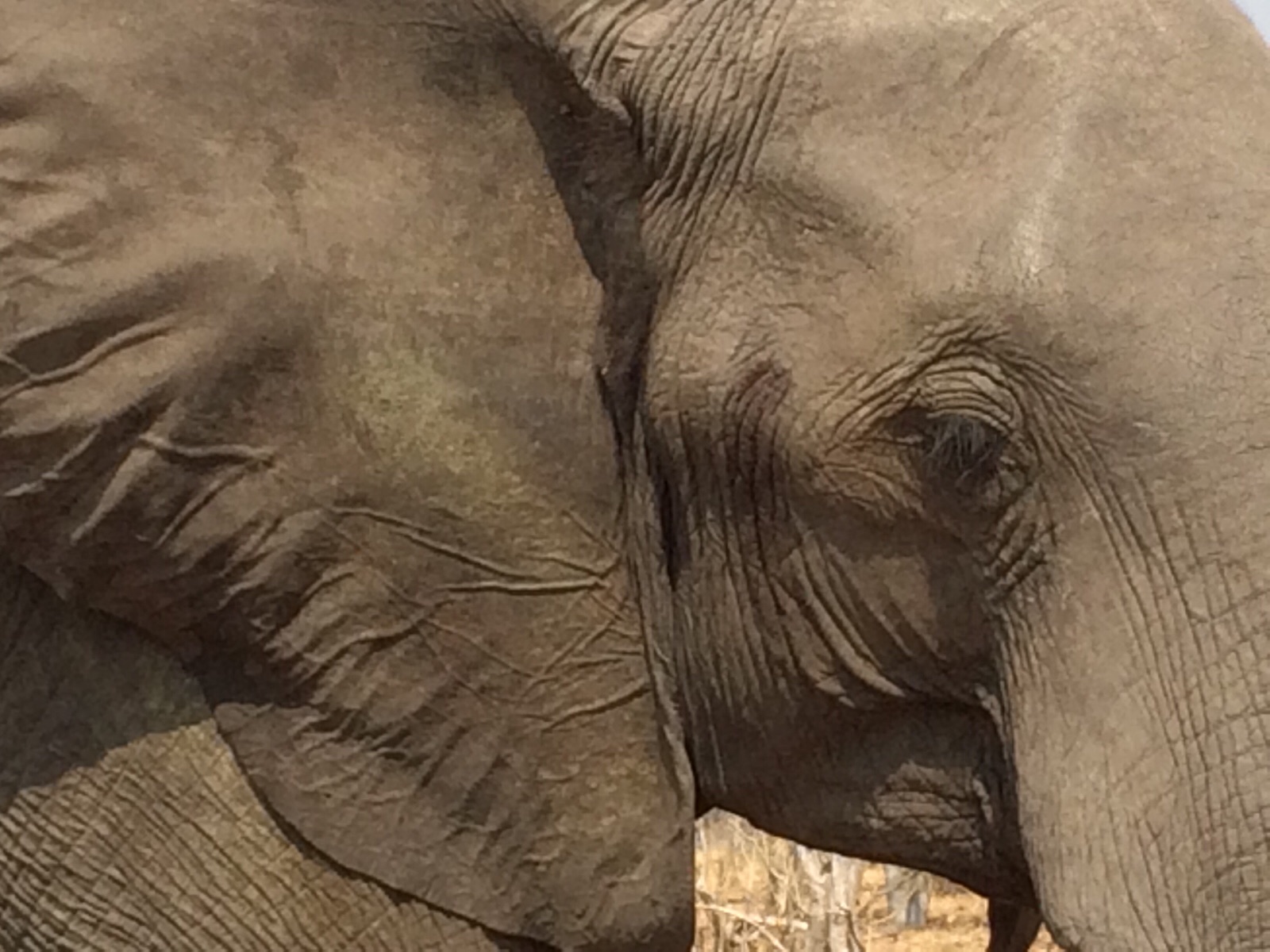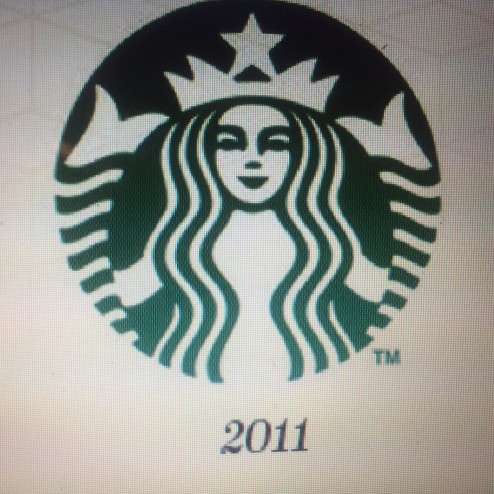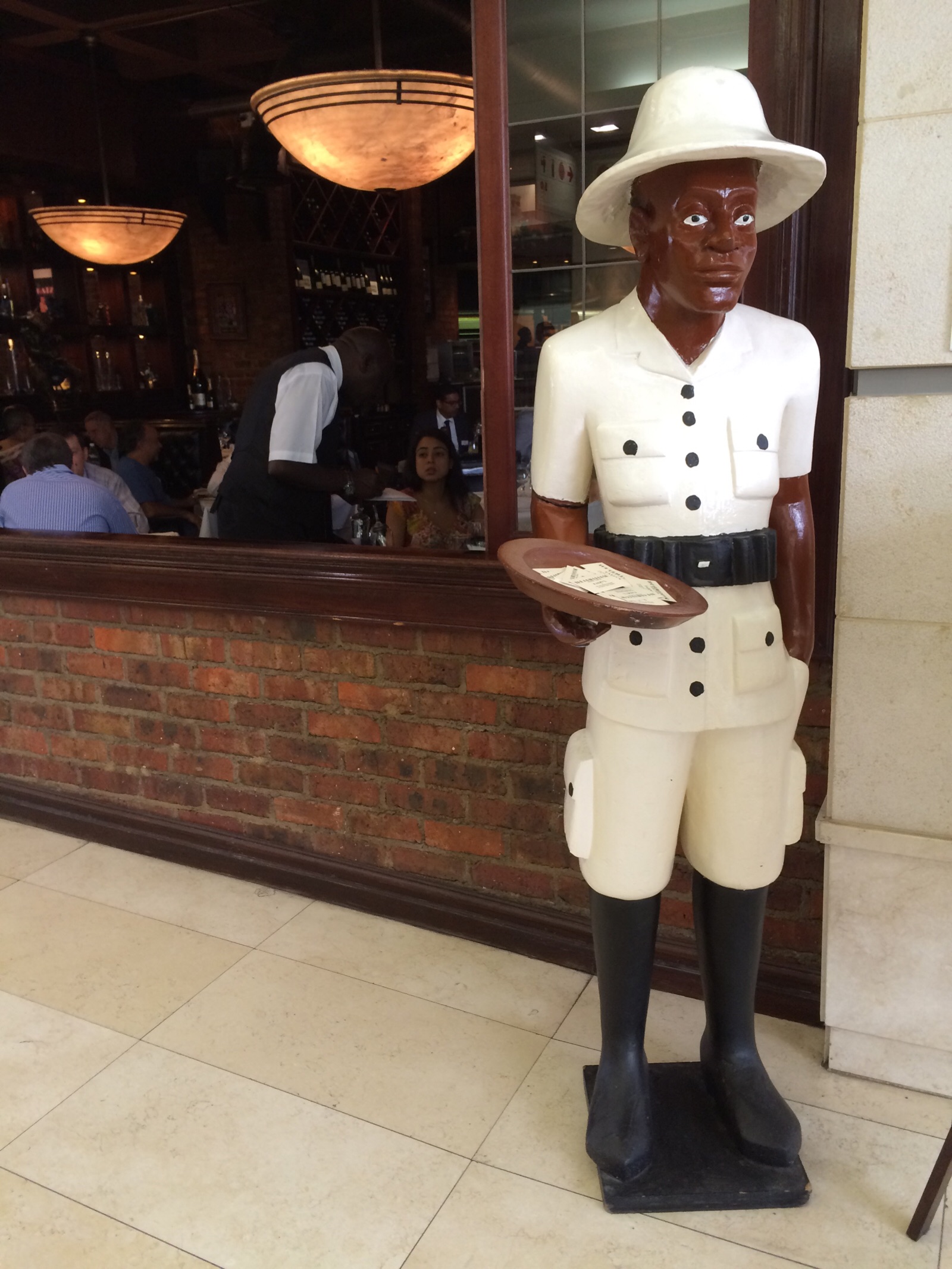
Living at least six months of the
year in Albany, CA we are accustomed to neighbors and residents from many nations, cultures, and races: U.C Berkeley’s international students and their families fill a large “village” two blocks away. Segregation in Albany would be impossible due to the unique diversity and mutual respect of the residents….and because everyone is Middle Class. So, how has South Africa remained so segregated all these years? The issue is less a failure to reconcile different races and cultures, but a growing gap; the rich are getting richer and the poor are getting poorer. A smart, well spoken store clerk in a high end suburban pharmacy, told me she makes $5,000 South African Rand per month BEFORE TAXES…and working full time. She takes home the equivalent of $360USD per month. This is NOT an inexpensive place to live. She cannot afford to take her child out for an ice cream cone.
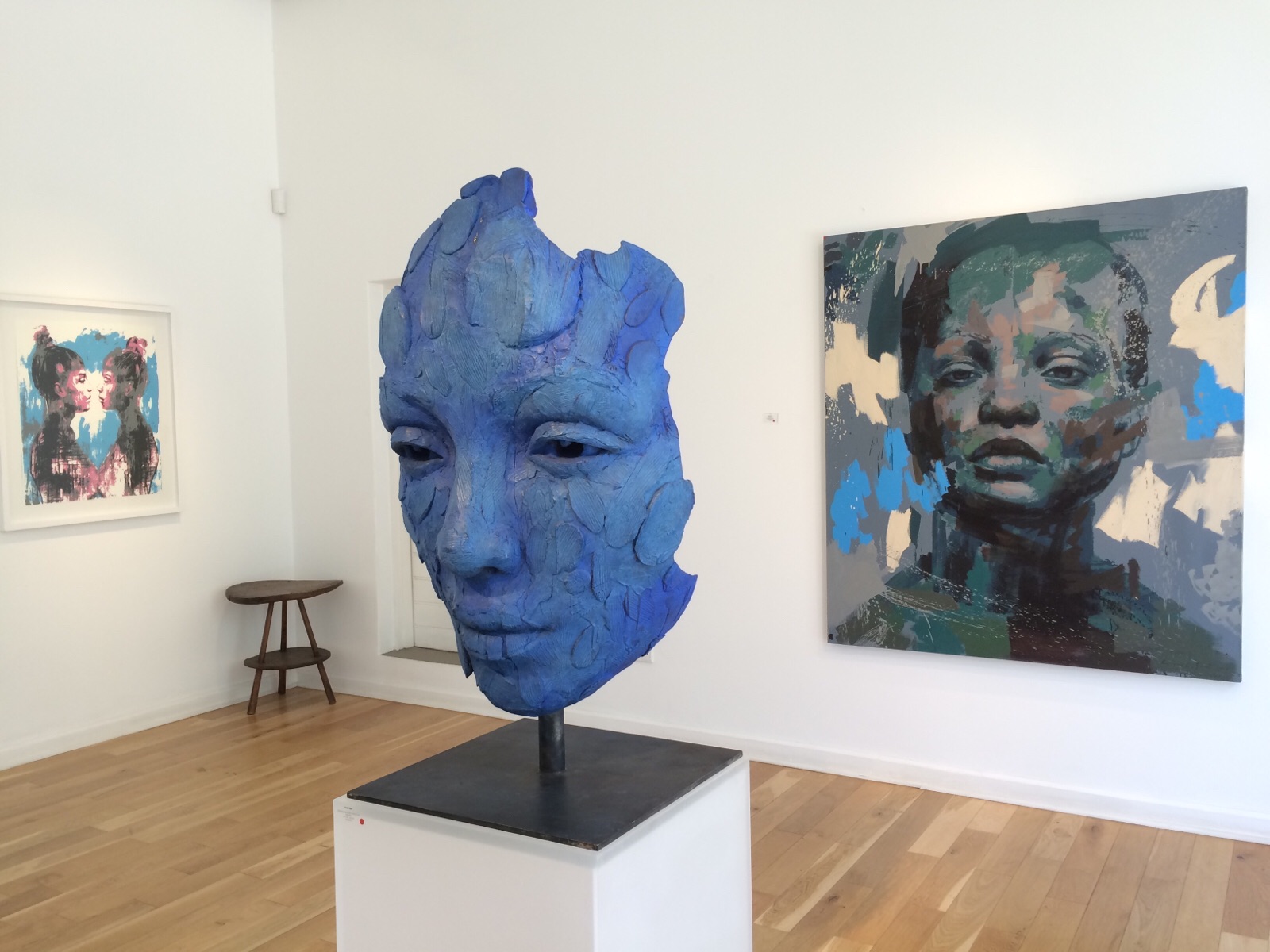
Although there are fabulous galleries, superb restaurants, and an inviting coffee culture, this is not an inviting community. It is hard to take pleasure in the food, a simple neighborhood stroll, or an expanding Art Scene…with so much stress and sadness at hand.
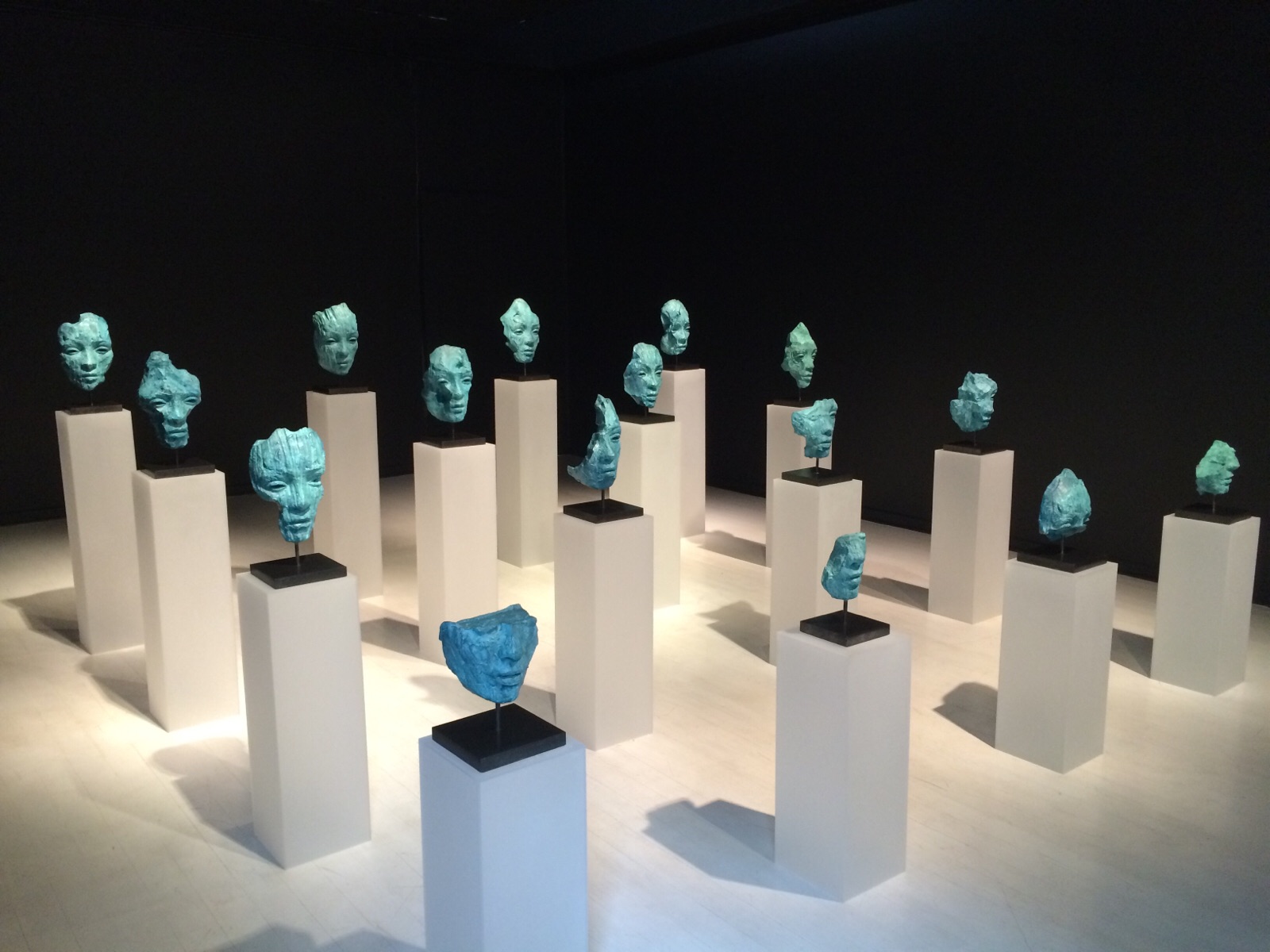
During the 80’s, many in the U.S. fought Apartheid in South Africa in various ways, notably with product boycotts and pressuring our alma maters and financial institutions to divest from South Africa until South African people of color (the majority of residents) got the vote in a true democracy.
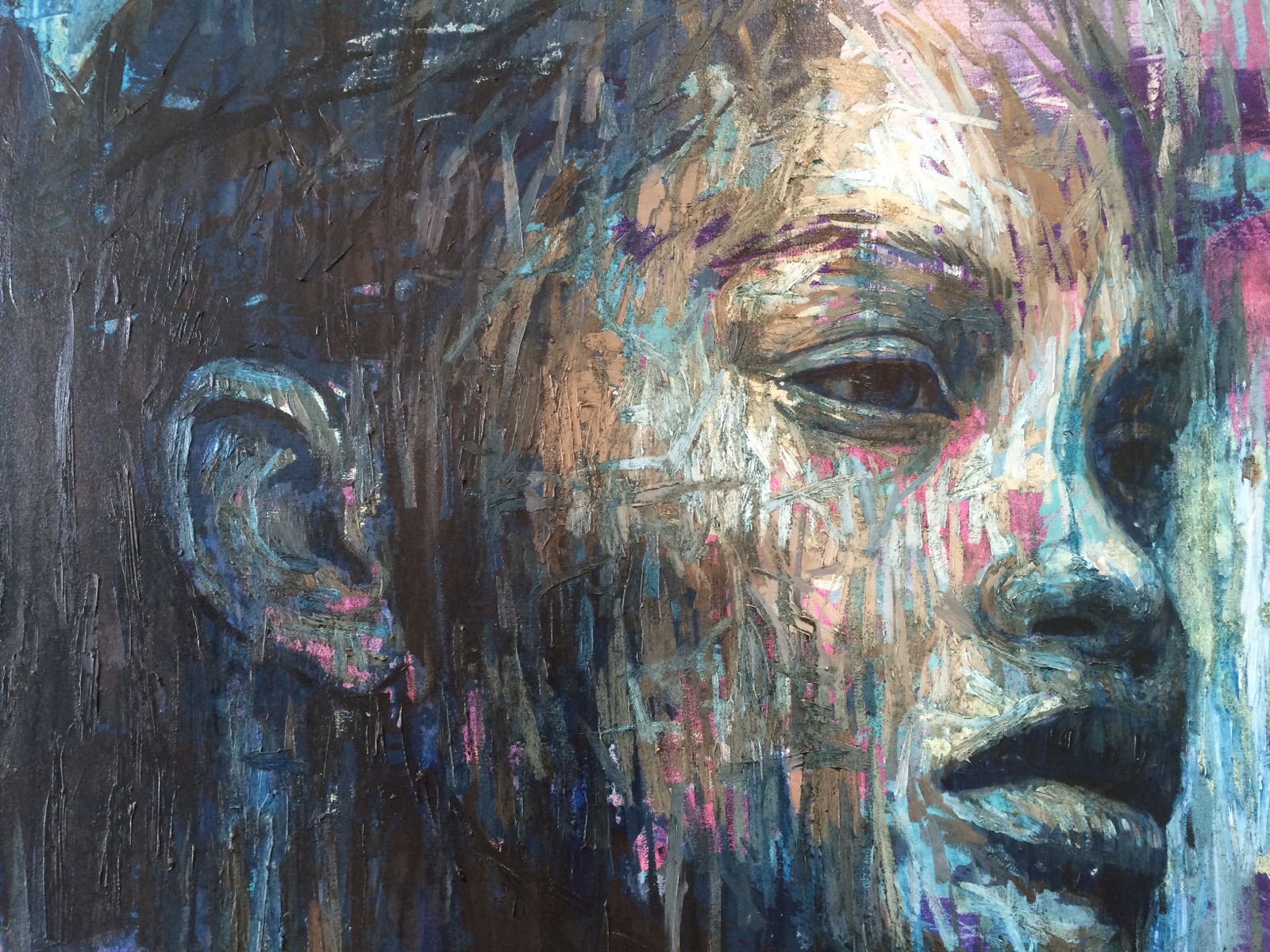
Ghandi began the fight for justice for “Colored People” (immigrants from Asia), in the mid 1890’s and was jailed four times in passive resistance protests before he was freed to finally negotiate the end of forced registration for Indians in 1914.
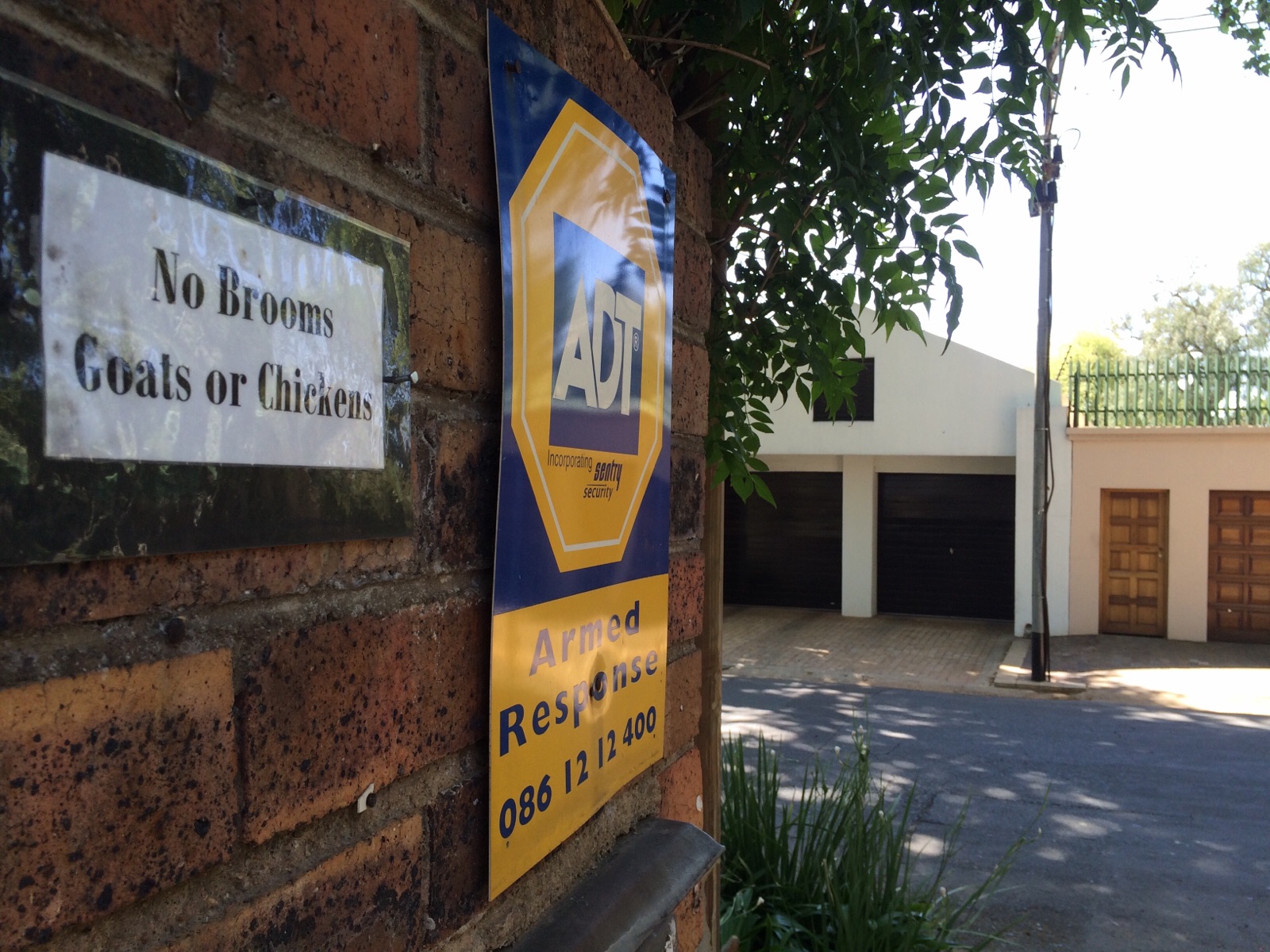
Nelson Mandela fought for freedom for ALL South Africans and was jailed multiple times. In 1961 he called on South Africa’s controlling White minority government to negotiate a new constitution based on democratic principle. For that radical idea, he was charged with treason and sabotage and sentenced to life imprisonment. Released in 1990, he transformed South Africa and promoted the national reconciliation process. Elected President in 1994 after the country’s first democratic elections, he stepped down at the end of his term.

I expected that we would find Black citizens of all ages being educated, learning English and other skills for survival in the global marketplace, working together with affluent citizens to make “Jozie”, the financial and judicial center of South Africa, a place for all citizens to thrive.
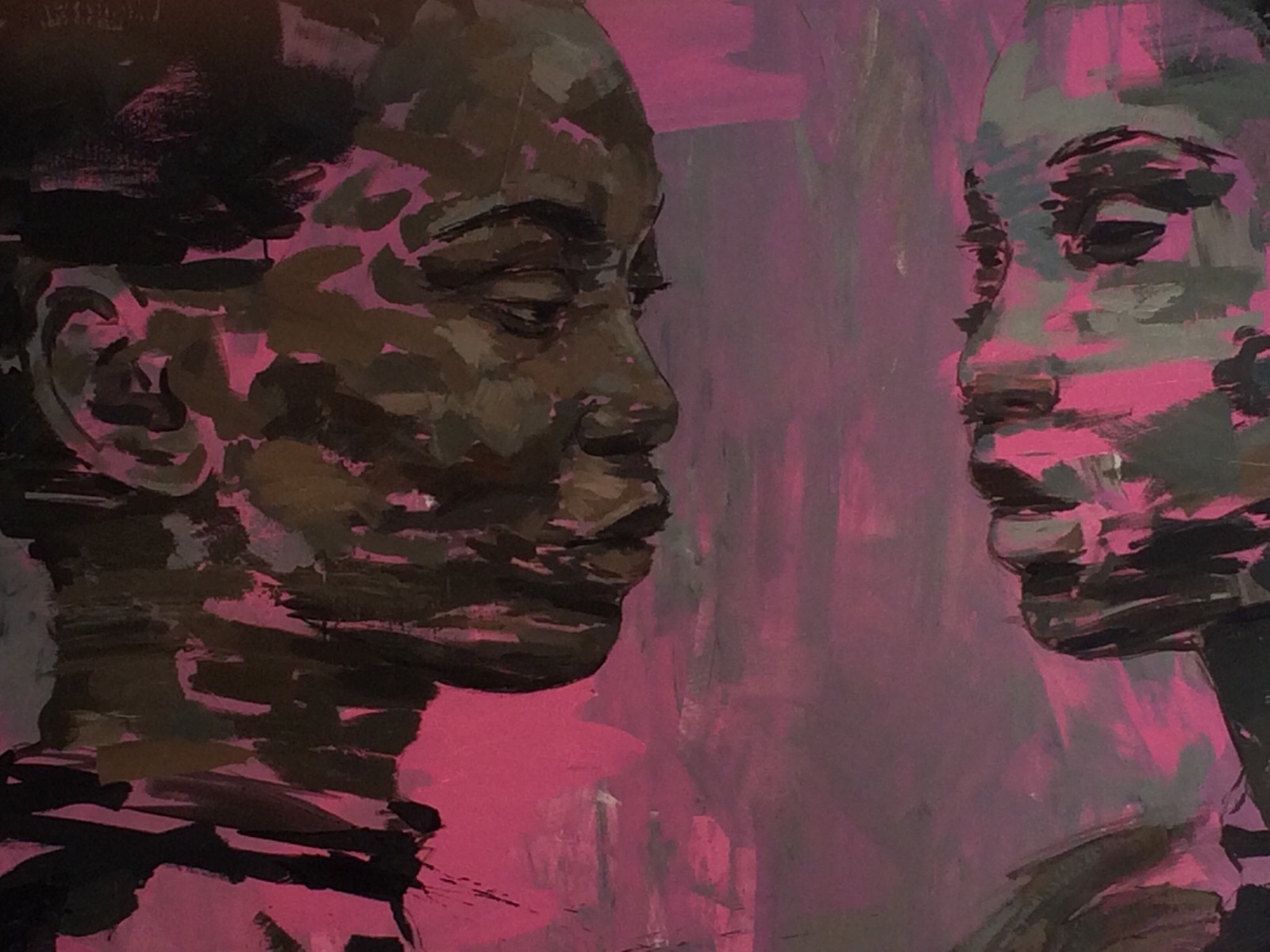
Silly me. The affluent of all races separate themselves behind impenetrable walls topped with electrified razor wire, fronted with armed security guards in bullet proof vests, watched by multiple security cameras. As Steven and I walked the streets of Parkhurst, Sandton, Rosebank and other burbs close to Downtown, EVERY street was a narrow corridor of walls. Without sidewalks, without ANY white pedestrians evident, only Black workers providing construction, cleaning, gardening and security details, and without a public transportation system, there is no community here. It is a completely segregated world. The Black workers will rarely make eye contact with us, and make a perfunctory, “Yes Ma’am” in response to a greeting…may as well have been, “Yes, Memsahib”.
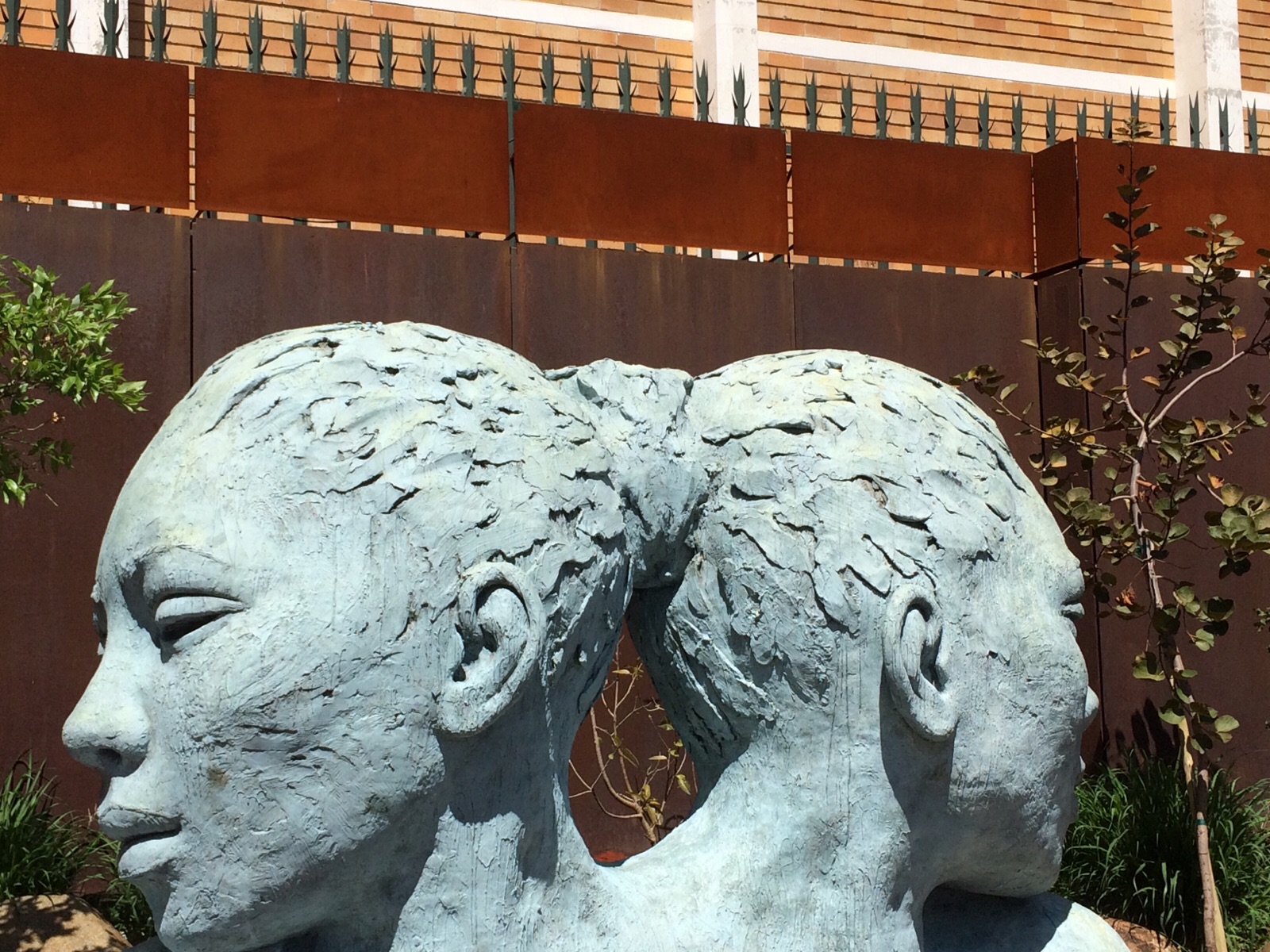
It is a really creepy place, and clearly a far more uncomfortable place for them than for us. The multi media works of Lionel Smit, exhibiting in Joburg, is dominated by sad, beautiful faces with down turned eyes. In my first week here, his images mirror my experience of the lives of the majority of South African citizens.
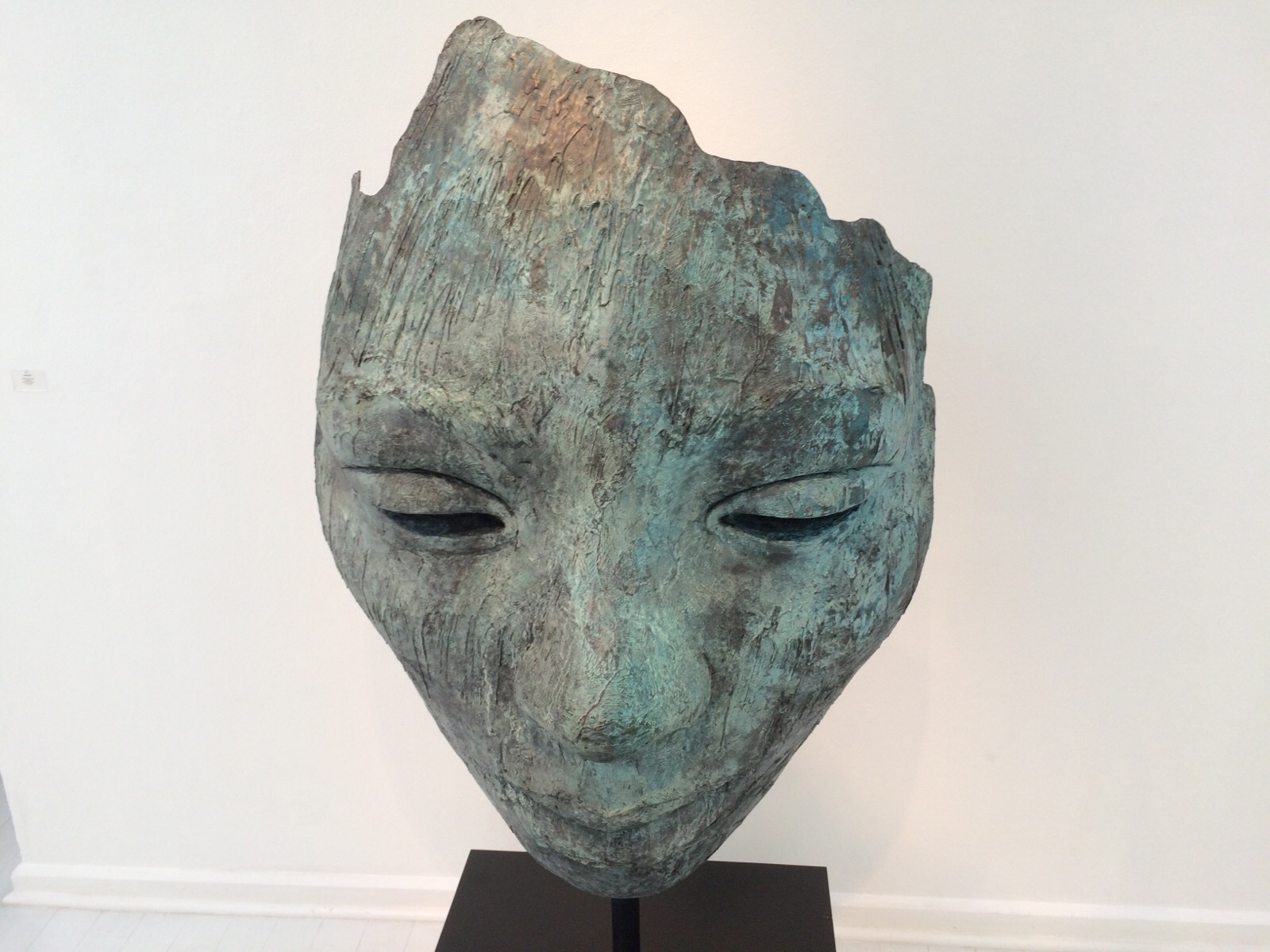
How can the White population enter an expensive and popular restaurant marked by the colonial Black servant sculpture (at the top), anything but a boast of their wealth and privilege? During a walk in the wealthy community of San Marino, CA last week we saw five of the equivalent black faced lawn jockeys. So, while celebrating the Rich and White Advantage, why not put a wooden Indian in front of your store too? The one
below was at the same restaurant entry in Joberg. This collection of caricatures might be
funny….if it didn’t completely suck.

Posted using BlogPress from my iPhone
Location:JOHANNESBURG, SOUTH AFRICA


